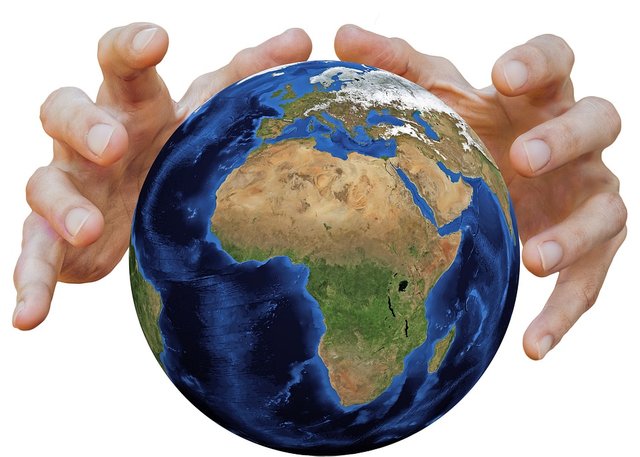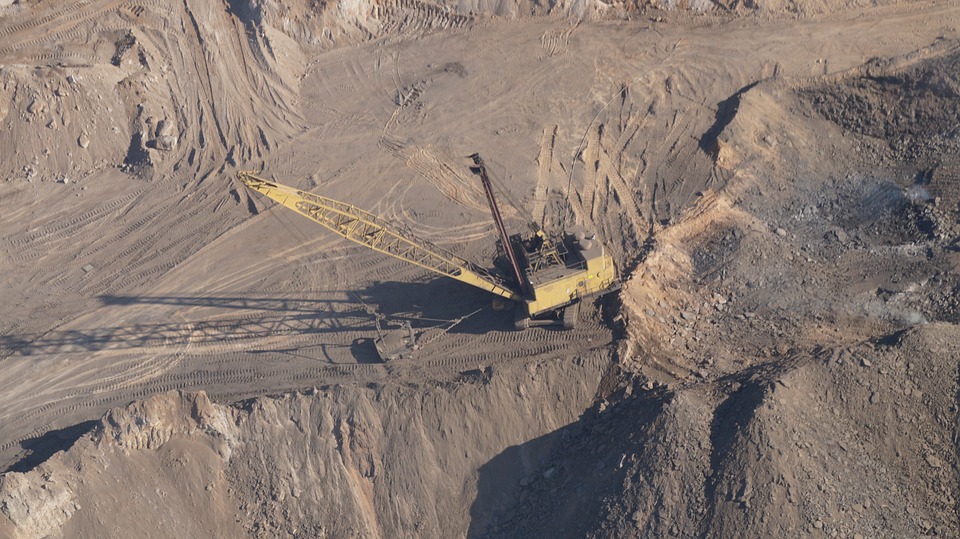Part #20 [ HUMAN, NATURAL RESOURCES AND THE ENVIRONMENT ]


Natural resources
In understanding natural resources, there are two views commonly used as follows:
Conservative views or often referred to as a pessimistic perspective or Malthusian perspective.
This view, the risk of depletion of natural resources is a major concern. Thus, this view of natural resources should be used cautiously because of the uncertainty of what will happen to the natural resources for future generations. This view is rooted in Malthusian thinking which was advanced since 1987 when the "Principle of Population" was published. In Malthus's perspective, limited natural resources will not be able to support population growth that tends to grow exponentially. Production from natural resources will experience a so-called diminishing return in which per-capita output will experience a downward trend over time. Furthermore, Malthus's perspective sees that when the diminishing return process occurs, the standard of living also affects human reproduction. The combination of these two forces in the long run will cause the economy to be in a state of equilibrium or steady state.
Exploitative view or often also referred to as Ricardian perspective.
If resources become scarce, this will be reflected in two economic indicators, namely the increase in both output prices and the cost of output unity extraction. Increased output prices due to increased cost per unit of output will decrease demand for goods and services produced by natural resources. On the other hand, increased output prices incentivize natural resource producers to try to increase supply. Naumn due to the limited availability of resources, a combination of price and cost impacts will create incentives to seek substitution resources and increase recycling. In addition, scarcity will also provide incentives to develop innovations such as searching for new deposits, improving production efficiency, improving recycling technologies so as to reduce the pressure on natural resource extraction.
Natural Resource Classification
Natural resources cover a very broad sense, is a very complex, dynamic, interacting element of the environment.


The classification of natural resources according to Owen
The classification of natural resources according to Barlow
Barlow (1972) divides the natural resources into three groups:
Natural resources that can not be recovered
Non-recoverable or non-renewable natural resources have the nature that the available physical volumes are fixed and can not be renewed or reprocessed. For the occurrence of this type of resources takes thousands of years. Metal, coal, petroleum, rocks are included in this category. Coal, kerosene and natural gas can be sought after by successors but over a long period of time, so we can not expect additional physical volume in a given period of time.
Natural resources are restored
These recoverable or renewable natural resources have properties that are continuously present, and can be renewed either by nature itself or with the help of humans. Included in this type of resource group are water resources (either flowing in the river, or not flowing like lakes and at sea), aingin, weather, ocean waves, sun and moon. This kind of natural resource flow is either used or not, continuously present and predictable. However, we should be able to use them as well as possible, because the error in utilizing these renewable resources can lead to continuous losses as well. For example, if there is environmental pollution to water or air, this will result in loss of benefits that we should be able to get. If the water is not polluted, it can be used as drinking water. Sometimes these recoverable resources can be stored for future use as well. If these recoverable natural resources are stored, they will have properties such as unrecoverable natural resources. For example, solar energy is stored as energy in plants and certain chemicals.
Natural Resources of Combined Nature
Natural resources that exist in this group can still be divided into two kinds:
- Biological resources
- Soil resources
Supporting literature / Reference
- All photos from pixabay.com
- ekologi dan lingkungan hidup Hal. 80-90
- Agus, 2011. Interaksi hewan dengan lingkungannya. http://www.slideshare.net/agus_43/ekologi-dan-lingkungan.Download : 14 Agustus 2016.
All about my article
part1
part2
part3
part4
part5
part6
part7
part8
part9
part10
part11
part12
part13
part14
part15
part16
part17
part18
part19

by :: @rabo
You received a 60.0% upvote since you are a member of geopolis and wrote in the category of "geopolis".
To read more about us and what we do, click here.
https://steemit.com/geopolis/@geopolis/geopolis-the-community-for-global-sciences-update-4
Congratulations! This post has been upvoted from the communal account, @minnowsupport, by rabo from the Minnow Support Project. It's a witness project run by aggroed, ausbitbank, teamsteem, theprophet0, someguy123, neoxian, followbtcnews, and netuoso. The goal is to help Steemit grow by supporting Minnows. Please find us at the Peace, Abundance, and Liberty Network (PALnet) Discord Channel. It's a completely public and open space to all members of the Steemit community who voluntarily choose to be there.
If you would like to delegate to the Minnow Support Project you can do so by clicking on the following links: 50SP, 100SP, 250SP, 500SP, 1000SP, 5000SP.
Be sure to leave at least 50SP undelegated on your account.